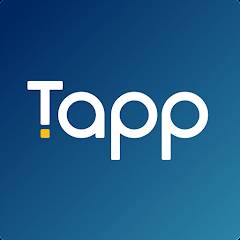What is Internet of Events ?
What is an event?
A thing that happens or takes place, especially one of importance.
(OR)
An event is any significant occurrence or change in state for system hardware or software. An event is not the same as an event notification, which is a message or notification sent by the system to notify another part of the system that an event has taken place.
The source of an event can be from internal or external inputs. Events can generate from a user, like a mouse click or keystroke, an external source, such as a sensor output, or come from the system, like loading a program.
the amount of digital information (cf. personal computers,digital cameras, servers, sensors) stored in 2014 already exceeded 4 Zettabytes and predicts that the “digital universe” will to grow to 44 Zettabytes in 2020. The IDCstudy characterizes 44 Zettabytes as “6.6 stacks of iPads from Earth to the Moon”.This illustrates that the long anticipated data explosion has become an undeniable
Reality.
From Bits to Zettabytes
A “bit” is the smallest unit of information possible. One bit has two pos-
sible values: 1 (on) and 0 (off). A “byte” is composed of 8 bits and can represent 28 = 256 values. To talk about larger amounts of data, multiples of 1000 are used
1 Kilobyte (KB) equals 1000 bytes,
1 Megabyte(MB) equals 1000 KB,
1 Gigabyte (GB) equals 1000 MB,
1 Terabyte (TB)equals 1000 GB,
1 Petabyte (PB) equals 1000 TB,
1 Exabyte (EB) equals1000 PB,
1 Zettabyte (ZB) equals 1000 EB.
Hence, 1 Zettabyte is 1021 = 1,000,000,000,000,000,000,000 bytes.
Note that here we used the International System of Units (SI) set of unit prefixes, also known as SI prefixes , rather than binary prefixes. If we assume binary prefixes, then 1 Kilo-byte is 210 = 1024 bytes, 1 Megabyte is 220 = 1048576 bytes, and 1 Zettabyte
is 270 ≈ 1.18 × 1021 bytes.
Most of the data stored in the digital universe is unstructured, and organizations
have problems dealing with such large quantities of data. One of the main challenges of today’s organizations is to extract information and value from data stored in their information systems.
Fig. Internet of Events(IoE): Event data are generated from a variety of sources connected to theInternet.
The IoE is composed of:
• The Internet of Content (IoC), i.e., all information created by humans to increase
knowledge on particular subjects. The IoC includes traditional web pages, articles, encyclopedia like Wikipedia, YouTube, e-books, newsfeeds, etc.
• The Internet of People (IoP), i.e., all data related to social interaction. The IoP
includes e-mail, Facebook, Twitter, forums, LinkedIn, etc.
• The Internet of Things (IoT), i.e., all physical objects connected to the network.
The IoT includes all things that have a unique id and a presence in an Internet-like
structure.
• The Internet of Locations (IoL) which refers to all data that have a geographical
or geospatial dimension. With the uptake of mobile devices (e.g., smartphones)
more and more events have location or movement attributes.

No comments